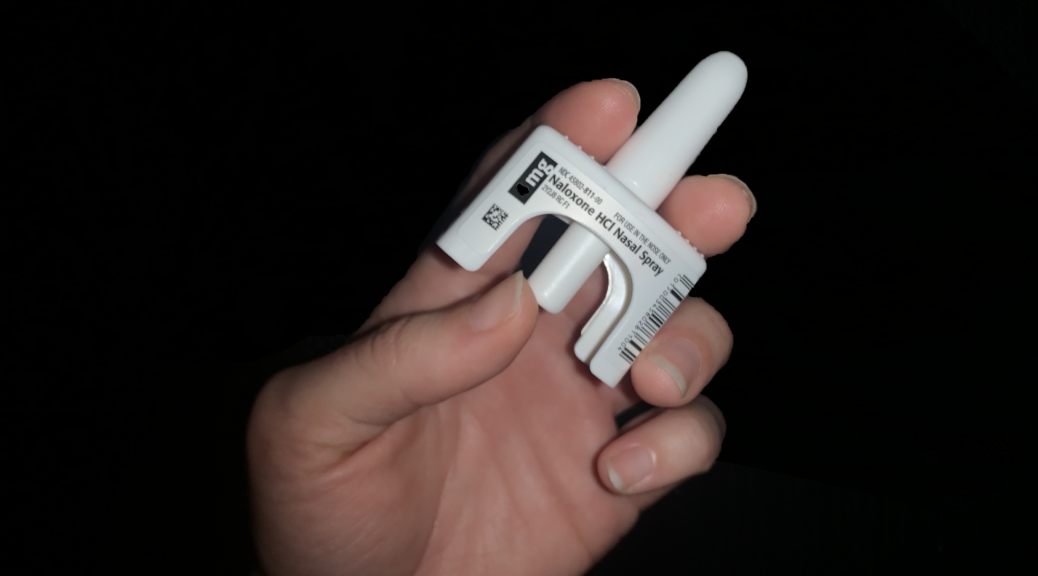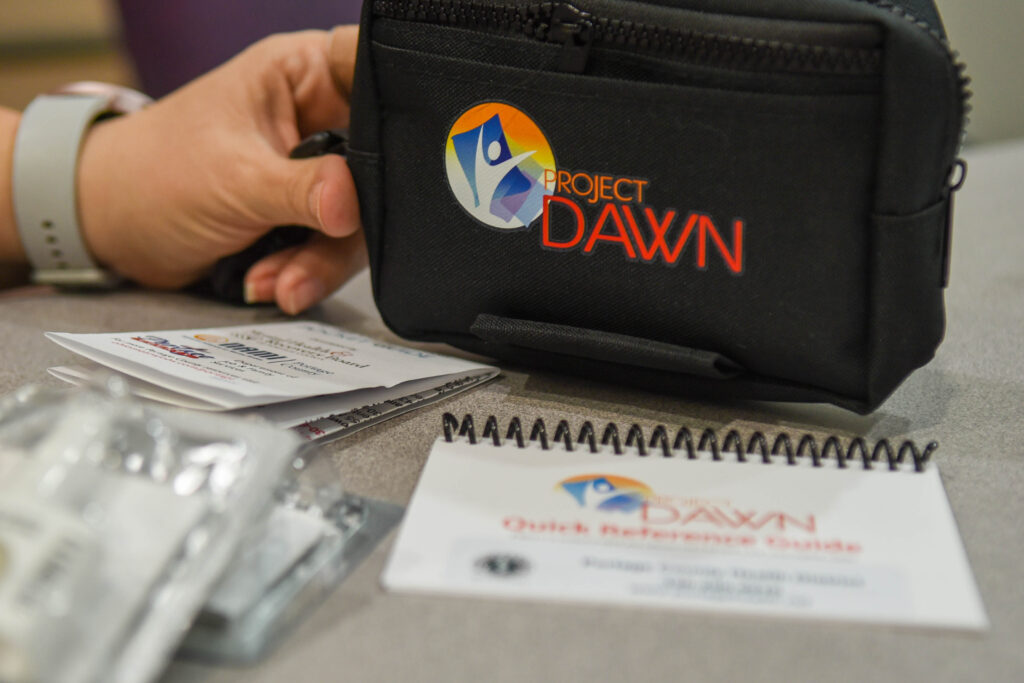
Free NARCAN Could Come to Kent State University
Free Naloxone cabinets could be coming to Kent State University. Naloxone, also known as NARCAN, is a medication that can reverse a drug overdose caused by an opioid drug (heroin, fentanyl or prescription pain medications). Drug overdose can cause serious, harmful symptoms or death.
On Feb. 15, a Food and Drug Administration advisory committee voted unanimously to recommend the agency allow the nasal version of Naloxone to be available over-the-counter. Feb. 21, a collaboration was announced between RecoveryOhio, the Ohio Department of Higher Education and the Ohio Department of Health to put free Naloxone cabinets on college and university campuses throughout Ohio. The cabinets would be mounted to a wall and provide emergency access to free Naloxone to the public.
“The university does not currently offer these emergency Naloxone access cabinets on campus. We are reviewing the program that the state is offering.”
Emily Vincent, Director of University Media Relations, Kent State University
Although Kent State University does not currently provide free Naloxone, University police carry the drug on them at all times and it is also at DeWeese Health Center. Kent Police Department officers carry Naloxone on them as well.
“I look at NARCAN no different than an EAD. It’s a life-saving piece of equipment,” said Sergeant Tricia Knoles of the Kent State University police department.
These free Naloxone cabinets could not only benefit students but also the public.
Most drug/narcotic violations in Kent occur off-campus. Sergeant Knoles says it is very rare for Kent State University police to respond to a drug overdose on-campus. She recalls only twice the department had to use Naloxone on someone on-campus. Once, on a person passing through campus. The other was on a guest of a student. These incidents were spaced out over multiple years. “It is a rare occurrence, but it is always good to be prepared,” she said.
Drug/narcotic violations also predominantly affect young adults in Kent.
Naloxone is effective against opioids like fentanyl, heroin, oxycodone, and percocet. It is not effective against drugs that are not opioids, such as maruijuana, Xanax, valium, cocaine and LSD. However, fentanyl has been found in many types of drugs and it is one of the deadliest drugs in terms of overdoses. It has even been found laced in marijuana, says Becky Lehman, Director of Health Education and Promotion and Public Information Officer at the Portage County Health District.
“Only two milligrams of fentanyl is considered a potentially lethal dose”
United States Drug Enforcement Administration

Free Naloxone is provided to the public through Project DAWN (Deaths Avoided With Naloxone). Project DAWN is a network of opioid overdose education and naloxone distribution programs. Portage County Health District offers free training on how to administer Naloxone and provides those that finish training with free Naloxone. Currently, those that want to carry Naloxone must go through training on signs of opioid overdose and how to administer the drug. If the drug becomes over-the-counter and freely accessible, that training will likely be forgone.
Training to administer Naloxone teaches signs of an overdose and steps on how to respond to someone overdosing. During an overdose, people lose control of their breathing and struggle to do so.
“The only thing Naloxone (Narcan) enables is breathing,”
Becky Lehman, Director of Health Education and Promotion, Public Information Officer, Portage County Health District
Signs someone is overdosing are very similar to someone who is not breathing. This includes: unresponsiveness, slow or shallow breaths, choking, snoring or gurgling sounds, blue, gray or ashen lips and fingernails, pale or clammy face, slow, erratic or absent pulse, vomiting and/or seizures.
If a person is exhibiting signs of an opioid overdose, check to see if they can respond. Shake them, call their name, and do a sternum rub. Rub your knuckles hard into their sternum. If they do not respond, call 911. If 911 is called promptly, there may not be a need for a civilian to administer Naloxone. “Our response time is anywhere from 30 seconds to 4 minutes, depending on traffic,” Sergeant Knoles said. Give Naloxone if the operator advises you to while waiting for paramedics or if you think it is necessary. Naloxone does not have any negative side effects on those who are not overdosing.
To give a person Naloxone nasal spray, hold the spray with an index, middle and thumb finger, insert the nozzle up one nostril and push the plunger. If the person does not respond in two to five minutes, give another dose of Naloxone.
After Naloxone, put the person in the recovery position, laying them on their side so that they do not choke on their own vomit.
“There is always room for improvement with anything, whether that is more life-saving equipment or more education around the topic,” Sergeant Knoles said.
If Kent State University chooses to opt-into the program to have free Naloxone cabinets on campus, it will be at no cost to the university.


